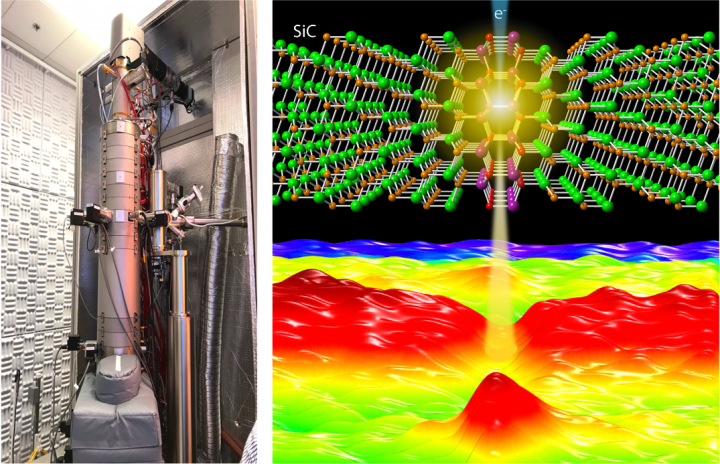
Based on the new capabilities of the Nion HERMES 200, the UCI MRSEC team (Pan and Wu) demonstrated, for the first time, exotic atomic vibrations localized at a single stacking fault in cubic SiC, showing by an energy shift of 3.8 meV and an obvious intensity modulation of the acoustic phonon mode.
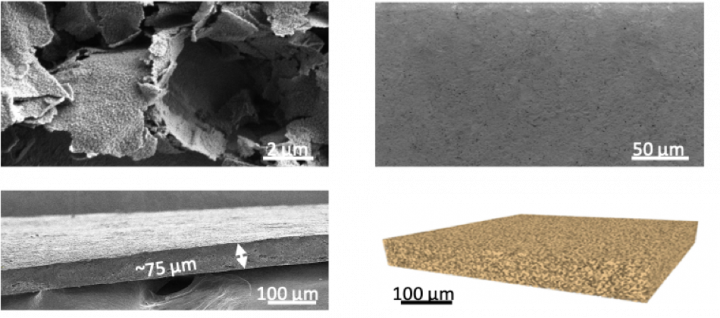
Liquefied gas electrolytes enable low temperature operation due to their low freezing point. However, their high vapor pressure poses a safety concern. Can confinement of these gas electrolytes in a nanoscale material enhance electrochemical performance while minimizing the hazards?
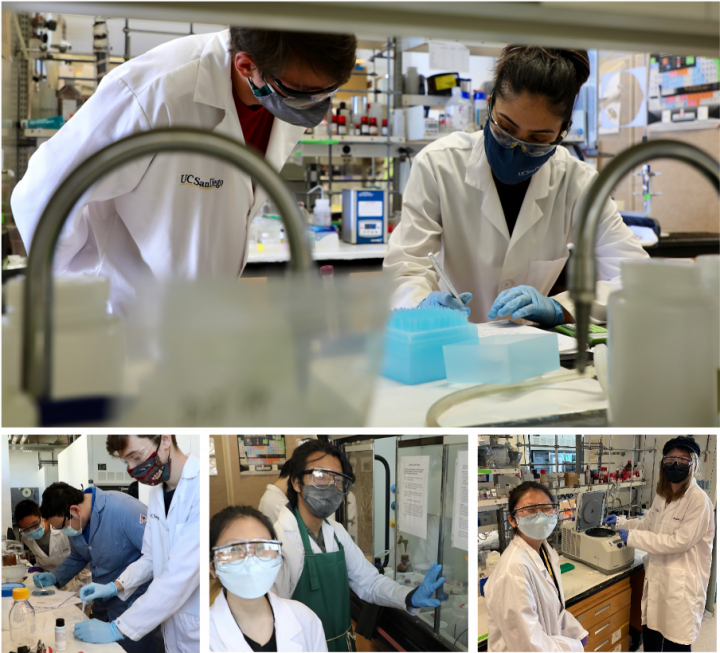
In response to a campus-wide initiative to prevent a surge in COVID19 infections, the Center piloted a special (in-person) RIMSE Spring Break Research Experience to encourage undergraduate students to remain on campus during the 2021 Spring Break.
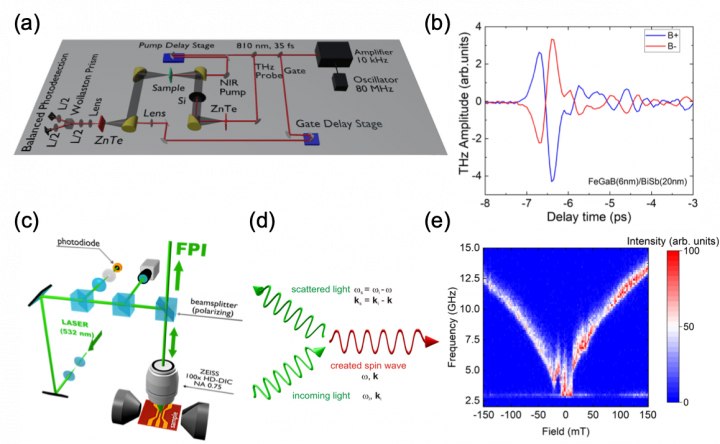
The UD MRSEC team is developing and employing a suite of novel experimental characterization techniques that provide important insights into hybrid materials, in which unique properties arise due to interactions between material constituents.

The Harvard MRSEC is partnering with Navajo Technical University to develop robust pathways to scientific careers for Native American students. The partnership strives to bring to the forefront scientific traditions and innovations of indigenous peoples.
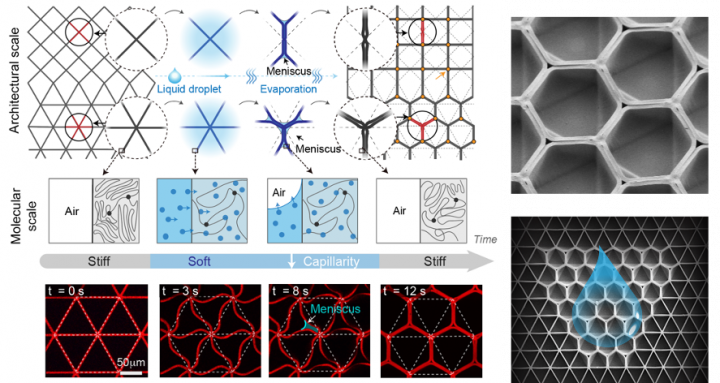
A team at the Harvard MRSEC led by Aizenberg and Bertoldi has developed a dynamic design strategy to achieve topological transformations of two-dimensional polymeric cellular lattices in a reversible and controllable manner through exposure to different liquids.
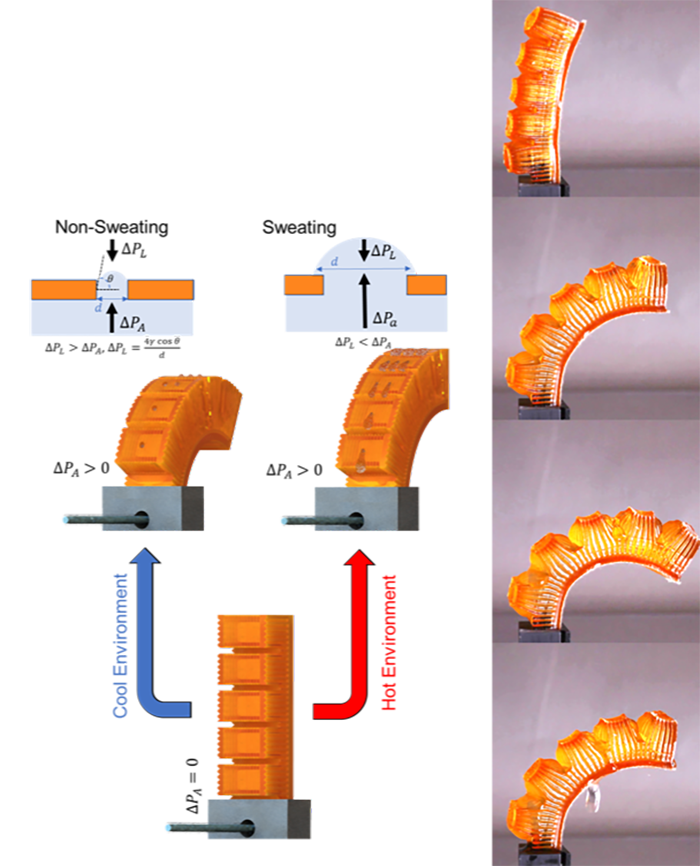
The role of robots is increasing in our daily lives, requiring robots to work continuously for long periods, requiring high energy output. These machines are prone to high heat dissipation due to friction and actuation, especially in DC motors and thermally controlled actuators. A Cornell team investigated whether robots can regulate body temperature by sweating, just as humans do.